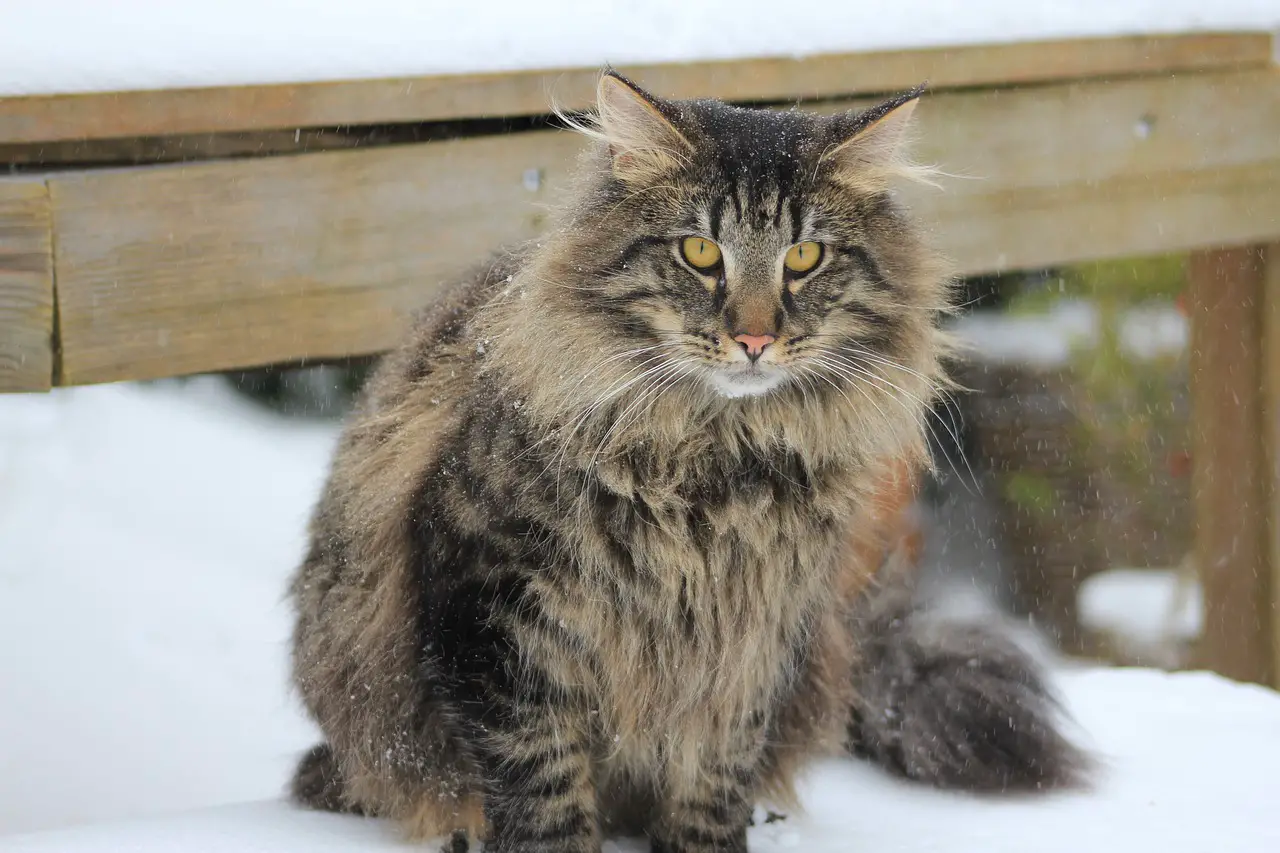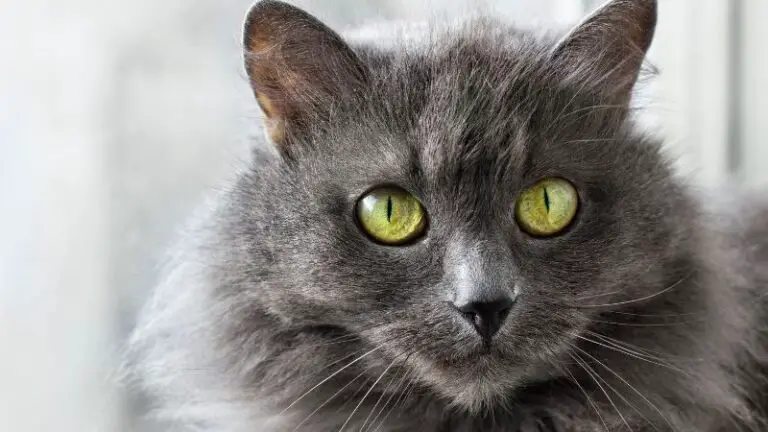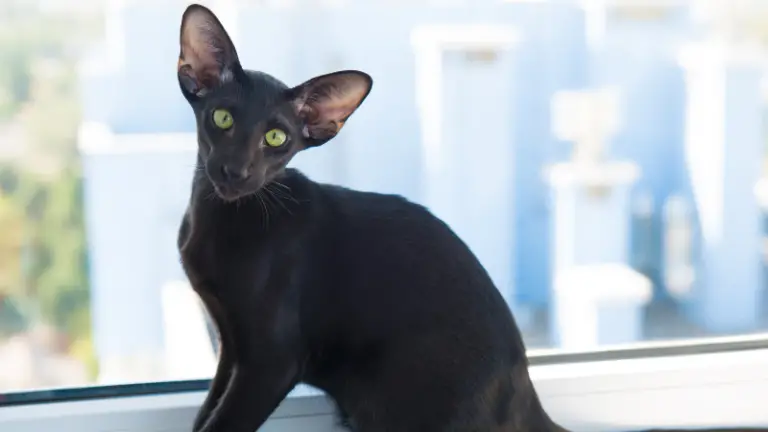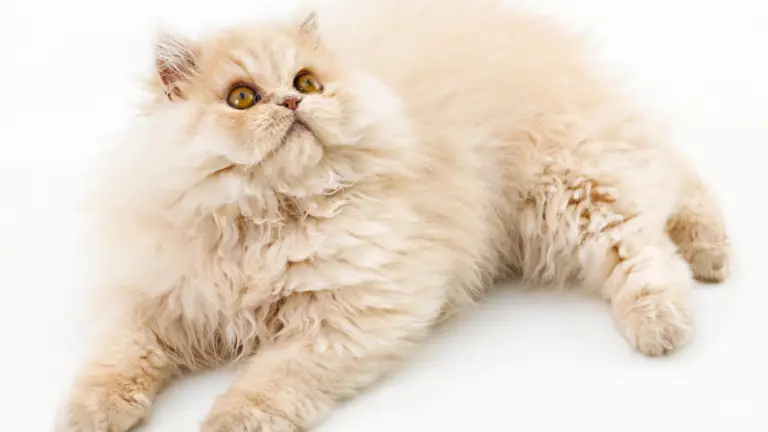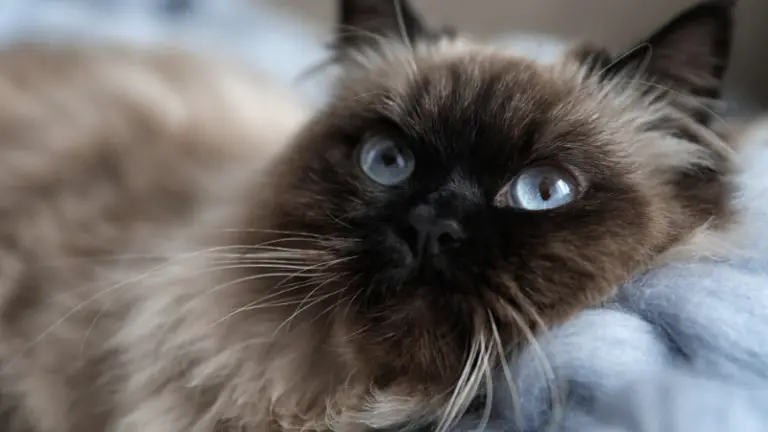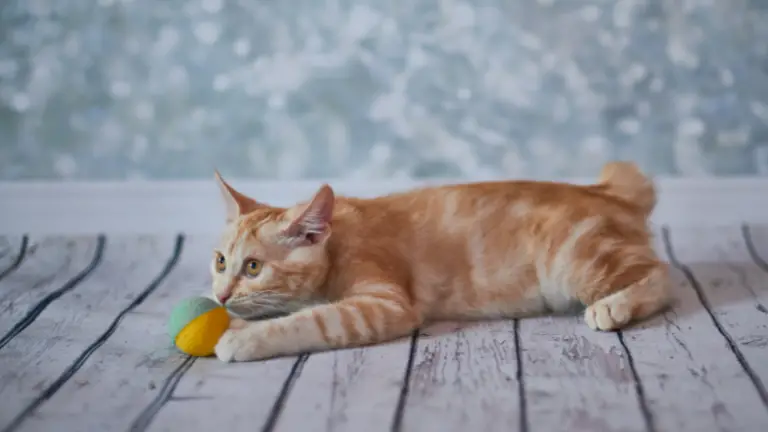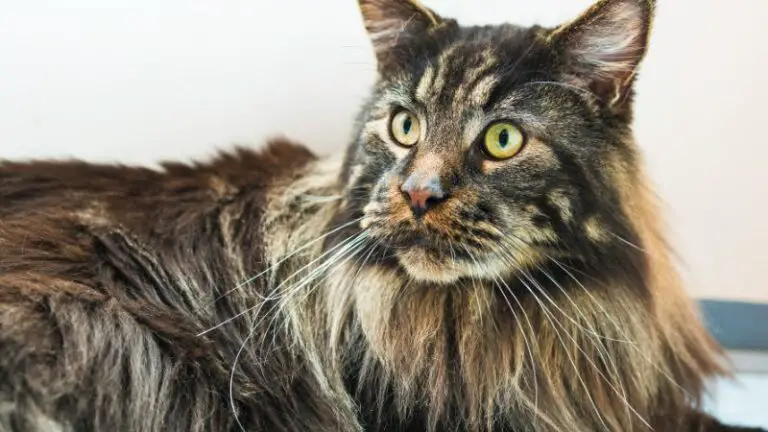NORWEGIAN FOREST CAT’S PERSONALITY AND GUIDE
Are you wondering about the Norwegian Forest cat’s personality? And you are curious to find out a bit more about this magnificent cat? If so, you are in the right place. Norwegian Forest cats are known to be loyal, free spirits, and fond of roaming around.
Norwegian Forest cats are large cats with thick and soft long fur. They are independent cats, but they like human companionship. They love to live outdoor and like to bond with people. They are very social, playful, careful, and loyal companions. He is patient and delicate with kids too.
But there is more about it. This magnificent cat is full of surprises and can easily become your best friend.
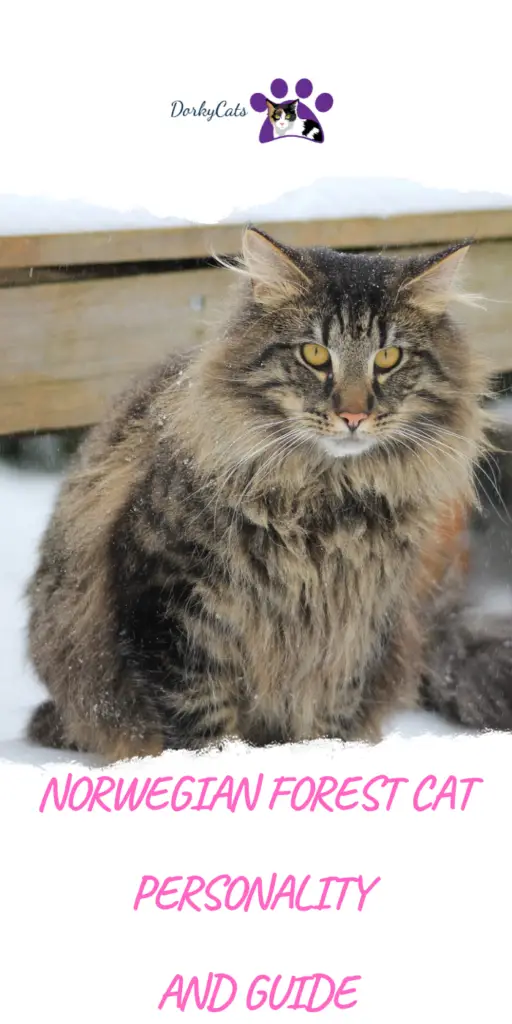
NORWEGIAN FOREST CAT’S PERSONALITY TRAITS
Norwegian Forest cats are beautiful cats with long fur. But their beauty is parallel only to their lovely and friendly personality. If you are looking for a friendly, intelligent, and loyal companion in the form of a cat, Norwegian cats are the breed that is perfect for you.
Obviously, every cat has a different personality, but the ones belonging to the Norwegian Forest breed are particularly known to be sweet and loving. They like to interact with their humans once they are familiar with them.
They still have a natural hunting instinct. They can leave indoor, but they need space, and they have to have some outdoor time and plenty of playing time instead of hunting. Despite his loving and friendly personality, Norwegian Forest cats are not needy cats, meaning that a Norwegian Forest cat is not the solution if you are looking for a lap cat.
The big size of a Norwegian Forest cat (resembling a MaineCoon) can give the idea that they are wild and aggressive and not keen on human companionship, but it could not be further from the truth. They are friendly with other animals and love to play all day long, and don’t like to be left alone by their parents.
Norwegian cat characteristics
| Characteristic | Peculiarities |
|---|---|
| Breed | Naturally evolved over time |
| Personality | – Independent – Loyal – Love Companionship – Love Outdoor Activities – Great With Kids – Sweet – Playful – Energetic – Active – Natural Hunter – Easy to Train |
| Look | -Big Size -Long Hair -Soft coat |
| Indoor | Like to Bond with People |
NORWEGIAN FOREST CAT AN OVERVIEW
If you are a little bit curious about the history and background of this cat breed, you will not be disappointed since it is an inspiring story. Based on many legends, the Norwegian Forest cat was a loyal companion of the Vikings. They used to bring him on their travels around the world.
In Norway, they call him “Norsk skogkatt,” which means cat of the woods or forest cat. The Norwegian Forest cat appears in legends and folklore of the ancient North European populations. The first signs of the appearance of this cat go back to 1559’s scripts from the Danish naturalist priest Peter Clausson Frii.
He was the first to catalog the Norwegian cat like a Lynx-cat from South Europe and Nord Africa. Through natural evolution, they were able to modify their coat to survive the cold Scandinavian weather.
But the first real breeding farm appears in 1930 in Norway, and the first appearance of this cat breed is known to be in Oslo in a 1938 exposition. But, only in 1972, this cat breed was officially recognized as the Norwegian Forest Cat in Norway.
Only in 1977 the Norwegian cat was presented to an international association like FIFE and obtained official recognition.
NORWEGIAN FOREST CAT PHYSICAL CHARACTERISTICS
What are the physical characteristics of a Norwegian Forest Cat? This cat is known as a farm cat, and it is called “wegie” in Northern Europe, which is a diminutive of “Norwegian.” It has built a long fur to protect himself from the cold weather.
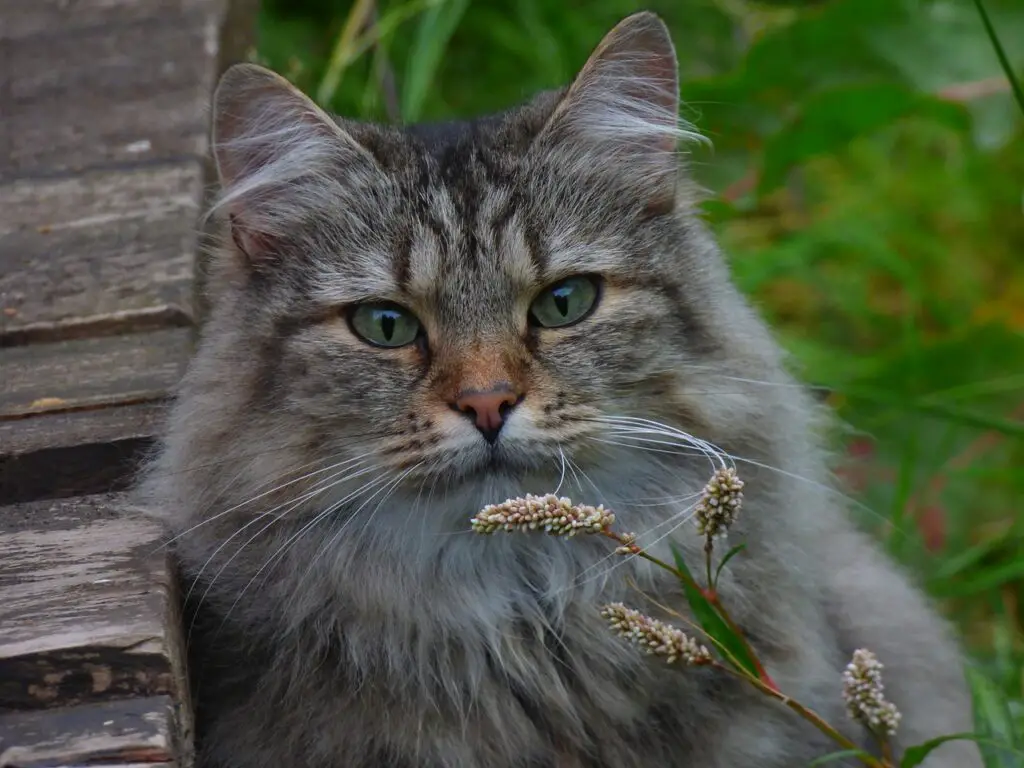
Here are the specifications:
- Weight and size: between 3-10 kgs (6-23 pounds)
- Ears: big ears, large at the base, pointed at the end, and big tufts of fur coming out from the ears.
- Eyes: large and slightly oblique
- Head: triangular, strong chin, long nose, and straight profile
- Paws: proportionate to the body and powerful, the rear paws are longer than the anterior ones.
- Coat: very thick, double-layered, water-repellent, and with a woolly undercoat
- Colors: they can be silver, smoke, tabby, bicolor, and all solid colors like white, black, blue, red, cream, silver, golden, cameo, tortoiseshell, blue cream, brown
NORWEGIAN FOREST CAT HEALTH ISSUES
There is a rare and genetic condition that can affect Norwegian Forest cats called glycogen storage disease type IV. It is an illness that can cause neuromuscular degeneration or a perinatal hypoglycemic collapse.
Typically, cats affected by this problem do not survive after birth or if they do, they do not survive over 15 months. There are DNA tests available to taste Norwegian Forest cats before breeding and it is mandatory for cats breeder, in case they deal with Norwegian Forest cats.
There are other genetic conditions that can affect the Norwegian Forest cat such as:
- Familial cardiomyopathy: it is a form of heart disease
- Toxoplasma gondii: It is an infectious disease that can affect cats with outdoor access. A study shows that Norwegian Forest cats are one of the cat breeds affected the most by this disease.
Surely, Norwegian Forest Cats can be subject to any health condition that other cats do. The above are the conditions that are associated with this cat breed specifically. But, those conditions are not common, even though they can appear.
NORWEGIAN FOREST CAT GENERAL CARE TIPS
The two things that leap to the eyes are the long coat and the size of this cat. Norwegian Forest cats are also very energetic and playful. Therefore, they are high-maintenance cats. They need more food, and they need to be adequately groomed.
If you want to get this gorgeous cats know that you have to spend a bit more money to keep up with his food and free up some time to care for him and groom him.
FOOD
It is better to leave food available all day long for this cat, possibly dry food, since it can last longer in the bowl. They need around 500g of wet food per day, or you can think in terms of calories. In this case, think about an average of 35 calories per pound of your cat weight.
A note on the food. It needs to be high-quality food, and they like fish and meat.
GROOMING
Norwegian Forest cats need to be brushed regularly. Arm yourself of brushes and patients and get your beautiful cat brushed 2-3 times a week. They can take care of their own fur for sure, but you want to be sure that his coat doesn’t tangle and help him get rid of dead fur, especially in spring and autumn when they shed.
TOYS
Norwegian Forest cats are active cats. They need to run, climb, and play to spend their energy. If you can bring them outdoor every day, they will love it.
This cat breed loves to roam and explore. It is necessary to provide toys and things that can stimulate them. But, more than everything, spend time playing with them.
NORWEGIAN FOREST CAT PRICE AND BREEDERS LIST
A real Norwegian Forest cat can be really costly. If you are in the U.S., it is possible to find a registered breeder, and they can charge anything from $600 to $4000 depending on if they are coming from high-titled breeding lines or not.
It is possible to find reputable breeders through official associations. On their websites, you can find the contact information and location where to find Norwegian Forest cats. As it is possible to imagine, in the U.S there are a few places where it is possible to find this cat breed.
In the U.S. you can check the following cats association websites:
- Cat Fanciers’ Association (U.S.)
- The International Cat Association (U.S.)
- Nffc Breeder List (U.K)
- Migoto’s Norwegian Forest Cat (Norway)
- Neverwoods (Norway)
Those associations have high ethical standards, and who is registered with them can be considered reliable. As a piece of advice, before choosing the breeder, don’t forget to ask, or visit when possible, the living conditions and ask for information on the vet that follows them.
NORWEGIAN FOREST CAT AND MYTHOLOGY
The Norwegian Forest cat is considered a sacred animal in Scandinavian mythology, similar to how cats were considered in ancient Egypt. Standing to some legends, the Norwegian Forest cat is associated with Freya, the beautiful female divinity of love.
The legend says that she was often left alone by her husband, and she was constantly traveling to search for him with a wagon trained by two Norwegian Forest cats. Those cats were sacred animals for the divinity since their companionship helped her lessen the pain caused by her husband’s absence.
Based on the same legend, the two cats were white and black, and they represented the double aspect of the night, more light with the moon and less light when the moon disappeared.
FREQUENTLY ASKED QUESTIONS
Here there are frequently asked questions and answers:
Are Norwegian Forest cats affectionate?
Norwegian Forest cats are affectionate and loving. They are friendly with humans and other pets. But, they are not lap cats. Despite the fact they are very lovable and friendly, they are still independent cats.
Do Norwegian Forest Cats like to cuddle?
Norwegian cats enjoy cuddles, scratches, and affection. They may not come to ask for it, but they are very affectionate, intelligent, and lovable cats.
Do Norwegian Forest cats meow?
Typically, Norwegian Forest cats are quiet and sweet cats, as well as independent. If they do not need anything specific, they will not meow or become vocals.
Do Norwegian Forest cats shed a lot?
Norwegian Forest cats have periods of intense shedding like spring and autumn. In general, they have long hair. Therefore they may shed routinely; thus, they need brushes.
What is the Norwegian cat’s lifespan?
Typically, a Norwegian Forest cat can live up to 16 years.

